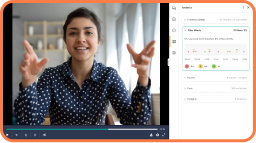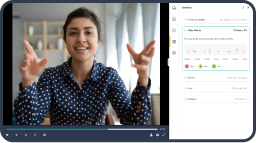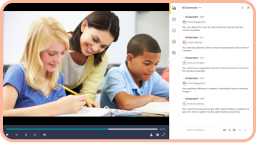Instructors rely on student feedback to gauge student satisfaction, but ironically, some students say instructor feedback is the reason they’re dissatisfied.
Some key student complaints about instructor feedback include:
- Timing. The more time it takes instructors to give feedback on an assignment, the less relevant it becomes as students move on to other things. Also, when feedback is only given at the end of a unit or term, students have no opportunity to apply it to the next assignment.
- Too little feedback or generic feedback given to the group. Receiving general rather than personalized feedback can make students feel like their needs aren’t being met.
- Lack of understanding. If students don’t understand instructor standards or expectations, they’re less likely to understand how to use instructor feedback.
- Negative perceptions. Students can be discouraged and demotivated by feedback they perceive as negative or overly critical.
- Quality and consistency. When academic departments don’t establish standards for feedback and assessment, students are more likely to receive unpredictable or conflicting messages about their performance.
How to Give Quality Feedback Students Can Use
To help every instructor elevate the quality of their feedback, we compiled the top feedback tips from presenters at our ReAction 2022 virtual conference. But for many instructors, giving better feedback isn’t a matter of technique, it’s a matter of time.
That’s why many institutions now use video assessment to improve the student experience by helping instructors give feedback faster. Here are some of the ways you can use video assessment to give quality feedback your students can use.
Make It Timely
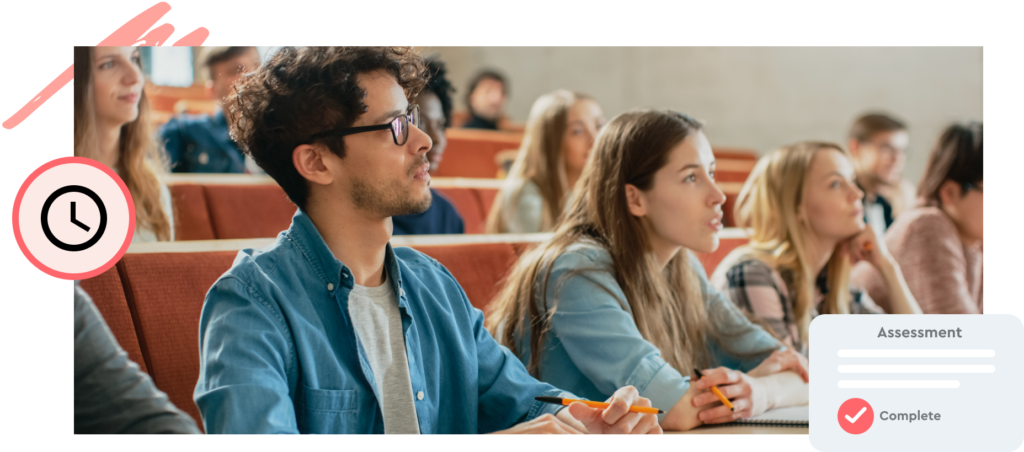
In 2020, the U.S. full-time student-to-faculty ratio at public four-year institutions was 14:1. It was even higher at public two-year institutions (18:1) and private for-profit institutions (24:1). Larger class sizes, especially for instructors teaching multiple courses, increase three things in tandem: instructor workload, the turnaround time for feedback on assignments, and the potential for dissatisfied students.
But instructors using video assessment tell a different story. They say the combination of video + feedback creates efficiencies that allow them to observe and assess students faster and more effectively.
Efficiencies for observation include the ability to watch student presentations anytime from anywhere, then use playback controls to view videos at 2x normal speed. Efficiencies for assessment include multimodal feedback tools that support easy creation and delivery of written, audio, and video comments, as well as customized, one-click markers to automate recurring feedback, and LMS integration to streamline grade passback.
“It used to take me two weeks to watch 200 students do nursing skills checks. I can now do it in one or two days.”
—Patrick Luna, Senior Instructor of Clinical Teaching, University of Colorado College of Nursing
Make It Personalized & Relational

Research shows that feedback relates more to achievement than any other teaching behavior and that students expect feedback to be personalized.
Because video assessment makes giving feedback faster, it leaves more time for instructors to give personalized and/or relational feedback to every student. Recording audio and video comments captures voice, tone, and facial expressions, which makes feedback more understandable/usable and helps alleviate students’ perception that feedback is negative or overly critical. It also adds a personal touch, helping students relate to and build trust in their instructors and their feedback.
Additionally, video assessment provides objective evidence of individual student performance and a record of instructor feedback, which can be used (by students and instructors) to track progress from the beginning of a term to the end.
“I can instantly give students feedback on their lessons. There are multiple ways I can respond (text, video, uploading a file). With the time stamps, the students can correlate my feedback/suggestions with an exact moment within their lesson. As a teacher, I can also see their reflection prompts within the script as well.”
—William Butler, Senior Program Strategist/Instructor, Arizona State University
Make It Contextual

One of the reasons students struggle to understand and use instructor feedback is that it’s received out of context. For example, if a student gives an in-class presentation for midterms and gets written feedback a month later, they might not understand what the instructor means when they say, “Add gestures to improve nonverbal communication.”
But if the presentation is recorded (live or asynchronously) using video assessment software, the instructor’s comment will be synced and time-coded to the precise moment where the student appears stiff and unconfident. This helps the student understand not only why the instructor gave that specific feedback but also how to use the feedback to improve.
Instructors say time-coded feedback helps them increase objectivity and consistency in grading, but students say it’s one of their favorite video assessment features because it allows them to go straight to any point in a video assignment where the instructor has given feedback.
“I loved seeing comments on my videos at the exact moments discussed.”
—Calli Hansen, Student, California State University, Fullerton
Make It Reflective
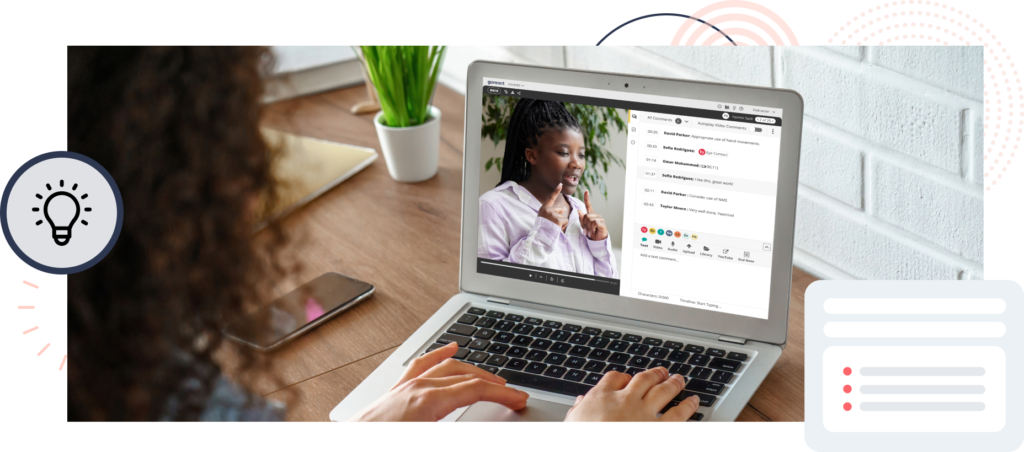
Involving students in the feedback process through self-reflection and peer review is one of the best strategies for improving their ability to understand and use feedback.
Video assessment increases opportunities for self-reflection because it gives students the ability to watch and assess their own performance and progress. Through self-assessment, students gain a better understanding of how learning goals and assessment criteria are used to evaluate their work and how they can use these standards to improve.
Additionally, through peer review, students are able to practice giving feedback as they reflect on the strengths and weaknesses of their own performance compared to their peers.
“As a student, I was able to see myself, reflect on what I saw and give myself feedback, and then observe the feedback from the instructor and compare what they saw versus what I saw, which helped me improve.”
—Eunece Coleman, Student, Southern Illinois University Edwardsville
Conclusion
Beyond helping students improve their performance in any discipline or profession, quality feedback from instructors also improves the student experience, which is directly linked to retention and completion rates. Using video assessment creates efficiencies and provides tools to help instructors give better feedback faster.


